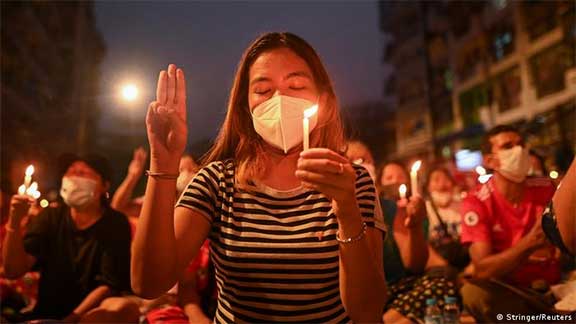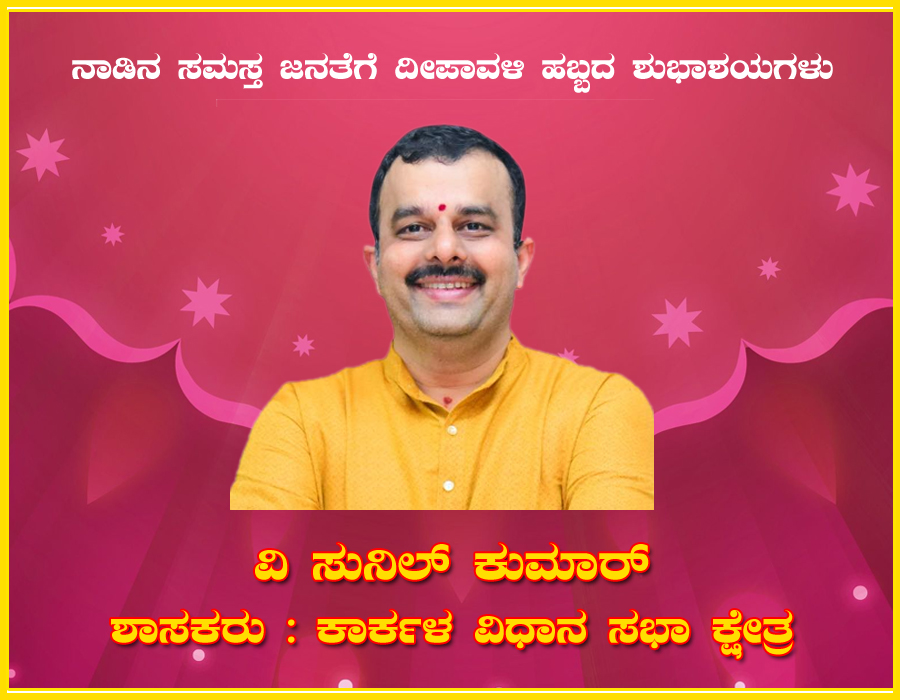Myanmar’s military is killing peaceful protesters
6:50 PM, Wednesday, March 17th, 2021 Naypyitaw : Daily protests have been ongoing for a month and a half in towns and cities across Myanmar after the military seized control of the Southeast Asian country in a coup on February 1.
Naypyitaw : Daily protests have been ongoing for a month and a half in towns and cities across Myanmar after the military seized control of the Southeast Asian country in a coup on February 1.
Security forces, made up of police and military personnel and under the command of coup leader Gen. Min Aung Hlaing, have responded to demonstrations with increasing brutality, launching a countrywide systematic crackdown that includes shooting peaceful protesters and enforced disappearances.
At least 138 people, including children, have been killed since the coup, according to the United Nations Human Rights office. And more than 2,100 — including journalists, protesters, activists, government officials, trade unionists, writers, students and civilians — have been detained, often in nighttime raids, according to advocacy group Assistance Association for Political Prisoners (AAPP). Though activists put both those figures as higher.
Seizing power, Min Aung Hlaing detained democratically elected leaders — including civilian leader Aung San Suu Kyi — ousted the ruling National League for Democracy government, and established a ruling junta called the State Administration Council. The commander-in-chief declared a state of emergency for one year, after which he said an election would be held.
Myanmar Police, Fire Officials: 116 Nationals Flee to India, Enter Mizoram Village amid Military Coup
Simillar Posts
Warning: count(): Parameter must be an array or an object that implements Countable in /home/megamcaq/public_html/wp-content/plugins/post-plugin-library/common_functions.php on line 357
- None Found
Leave a Reply
© Copyright 2008 www.megamedianews.com All Rights Reserved. Privacy Policy








 Posted in
Posted in  Tags:
Tags: 






